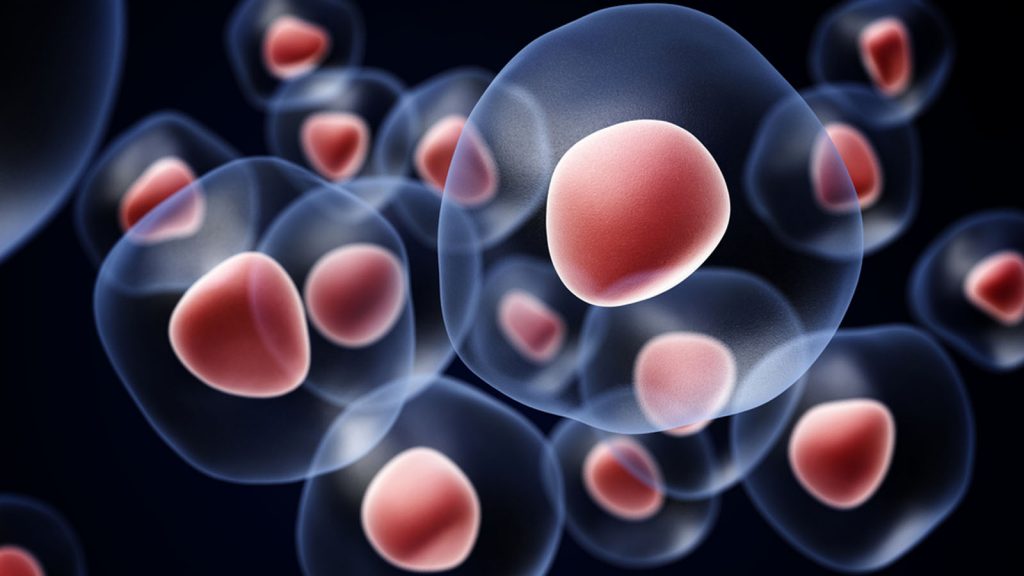We won’t see any action today on the back of the Memorial Day break in the stock markets, but we did see some volatility towards the end of last week in the biotechnology sector and chances are that – as markets reopen on Tuesday for a fresh week – this volatility will impact upcoming sentiment. With this in mind, here is a look at two of the biggest end of week movers last week, with a description of what caused the volatility and what we expect as markets reopen on Tuesday.
The two companies in our crosshairs today are Kite Pharma, Inc., (NASDAQ:KITE) and Celsion Corporation (NASDAQ:CLSN).
First up, then, Kite.
This one’s a classic biotech move. The company is developing a drug called axicabtagene ciloleucel, targeting a range of different oncology indications with the asset. Primarily, however, it is going after non-Hodgkin lymphoma (NHL), and specifically, in patients with a refractory aggressive form of the disease. NHL is one of the deadliest cancers in the developed world. On diagnosis, patients only have a 50% chance of surviving the subsequent six months, and the current standards of care (chemotherapy and radiation combination) generally make these six months incredibly unpleasant. Markets have been crying out for a fresh treatment to hit shelves, and we have seen a number of pretty high profile attempts fall short over the last half decade. Axicabtagene ciloleucel is an immunotherapy asset and it targets the antigen CD19, a protein expressed on the cell surface of B-cell lymphomas and leukemias. The treatment involves a patient’s T cells being engineered to express what’s called a chimeric antigen receptor (CAR), which is the part of the drug that targets the above-mentioned antigen, and this targeting allows for the drugs ability to redirect the T cells to kill cancer cells.
The asset picked up breakthrough designation a couple of years ago, and Kite subsequently put it through its paces as part of a phase 2 trial in the NHL population. This is where the latest announcement comes into play. As per the release, Kite has announced that the FDA has accepted its treatment for priority review in this indication and – subsequent to the acceptance – has set a PDUFA date for the drug of November 29, 2017. The big news here, then, is that the company will not have to conduct a phase 3 before the drug is approved (assuming, that is, that the agency green lights it come PDUFA), which brings with it an incredible cost saving. There’s a good chance that Kite will have to conduct a phase 3 postmarketing, but even if this is the case, it will be able to use revenues generated from the drug to conduct the study. This minimizes any dilutive impact for shareholders, and is why we are seeing the company run up as it is doing right now.
We expect this one will continue to appreciate in value as markets load up ahead of the November PDUFA.
Moving on, let’s look at Celsion.
Many readings might not be familiar with this one, it’s a microcap biotech play that is working to bring oncologic assets to market across a range of cancers, and underpinned by range of different mechanisms of action. The latest news doesn’t relate to its pipeline, however, and is instead a capital structure update.
Back on May 16, shareholders approved a reverse split, and as per the most recent announcement, this reverse split will come into effect at the start of trading on Tuesday, May 30 (tomorrow). It is a 1 for 14 reverse split, meaning that at action-day, every fourteen shares of issued and outstanding common stock and common stock equivalents will be consolidated into one share of common stock.
The company has sold off considerably in the announcement, which is pretty standard in this sort of situation. Reverse splits are rarely carried out when a company is strong and traders will generally look at the necessty for an RS as indicative of weakness. There may be a chance for recovery, however. So long as the company can hold onto the majority of its post-split pricing, the revised price will allow it to (hopefully) attract funding from sources not open to it at its pre-split pricing. If it can use these funds to push towards some near-term catalysts, we should see something of the recovery as and when they are hit.
